SAP system integration scenario with Slack

Tomasz Sobkowiak
EdgeUI Manager, SAPUI5 Consultant

Łukasz Milczarek
SAPUI5 Consultant
- 30th May 2022
- Knowledge base
- 5 min
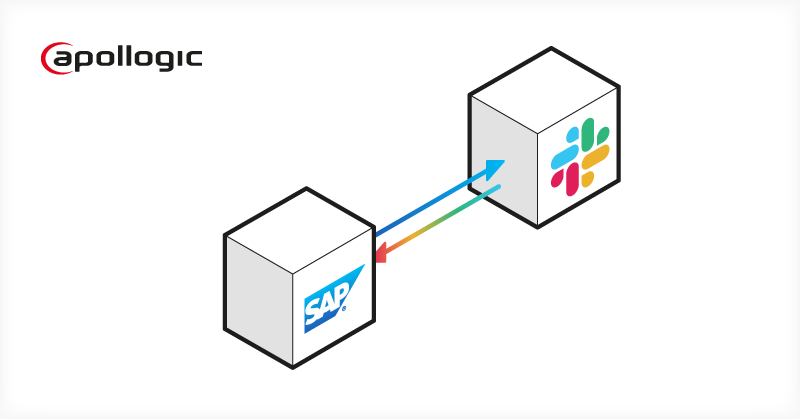
While conducting R&D within the EdgeUI team, we saw great potential in combining the SAP system with a well-recognized workplace communication tool. The integration of both solutions will make relevant data available at your fingertips, increasing the work quality and facilitating cross-team collaboration. In the following article, we’d like to share the outcomes of a live demo and give an insight into the possibilities arising from establishing a connection between the SAP environment and Slack channels.
Advantages of integrating SAP with Slack:
- Using a messaging app to support business processes
- No need to build a separate user interface
- Enormous growth potential
- Quick operation
- Accessibility from desktop and mobile devices out-of-the-box
- Direct push notifications about new documents
- Ability to create separate conversations for each document
Slack integrator is available in a version that allows using both a runtime environment located in the customer’s internal network (on-premise), and in the cloud. Therefore, having full flexibility in placing the Slack integrator module, it’s necessary to analyze the current infrastructure and choose the optimal location.
SAP with Slack integration benefits
In large companies handling multiple business processes, a series of operations must be performed every day. Many documents need to be approved (or rejected) by managers who, in turn, need appropriate tools to make such operations as cost-effective as possible. Unfortunately, logging into the SAP system from a laptop and through a standard SAP GUI application is inconvenient and inefficient, and the lack of access from mobile devices can be a major obstacle.
Considering these challenges, it’s worth choosing a solution that will enable logging in from any device and allow quick and easy execution of similar actions, which until recently were carried out directly in the SAP GUI or required developing a separate application. Combining Slack messenger with the SAP system offers such capabilities.
Example scenario of system integration
With our integrator, we can handle the majority of business processes. We will analyze the selected integration scenario in the following steps and study a sample process – Payment Requests Approval.
Step 1:
-
- The Payments application for handling the checkout process is added to the Slack workspace.
- From now on, the user can receive notifications from the SAP system.
Step 2a:
- After receiving a notification that a document needs to be reprocessed, an interactive template is displayed in the Payments.
Step 2b:
- At the same time, a new channel is automatically created for a confidential conversation within a document.
Step 2c:
- Channel users can invite third parties to share information and attachments.
Step 3:
- When an action is finished, and a response is received from the SAP system, a notification in the Payments application changes and the user gains insight into the history of events.
Step 4:
- Once the process is complete, the document channel is automatically archived.
The potential of a low-code development approach
To create a functional PoC, we used the low-code approach offered and supported by SAP Fiori Elements. This term stands for a handful of ready-to-use application templates prepared by SAP, allowing to build CRUD (create, read, update, delete) type application.
Applications designed this way are compliant with accepted SAP Fiori standards. Therefore they will be intuitive for end-users. If a given business case “fits” into one of the SAP Fiori Elements patterns – the solution developers can save many hours or even days needed to deliver a working application and use the low-code approach instead of writing the entire user interface from scratch.
Solution architecture overview

On-premise runtime environment

Cloud runtime environment
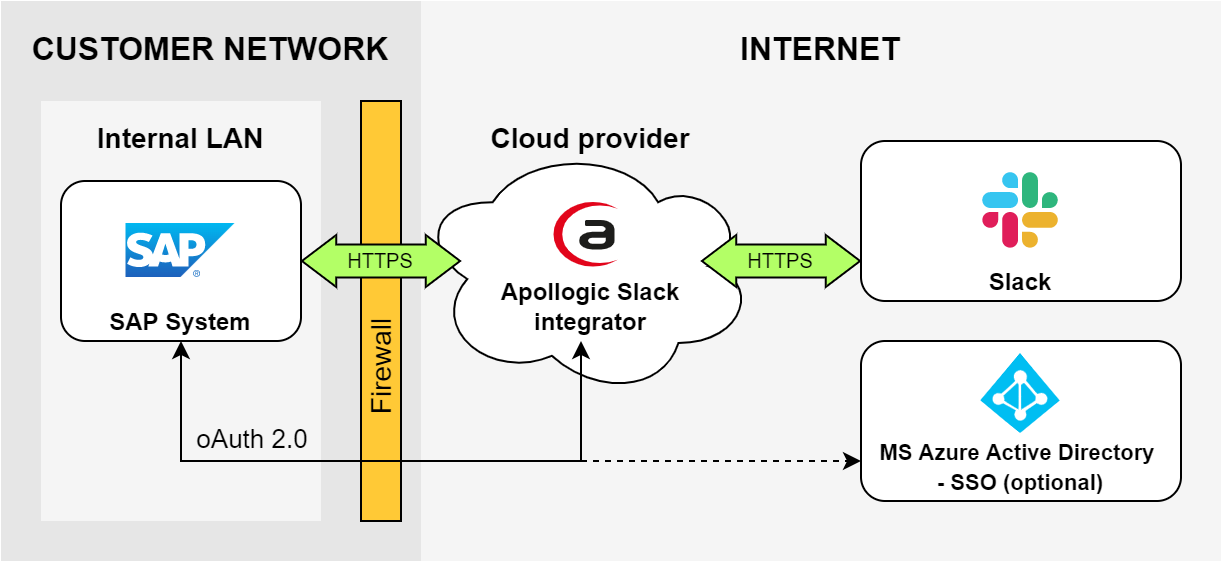
The idea behind our solution
To facilitate establishing a connection between SAP and Slack, our developers created a custom integrator module to transfer data from SAP to Slack and vice versa correctly. The protocol used for communication is HTTPS.
A significant advantage of the solution is applying a user authentication mechanism in the SAP system using the oAuth 2.0 protocol. It means that the client application on the SAP system doesn’t have full access for a given user but only limited to the necessary scope and assigned for proper communication:
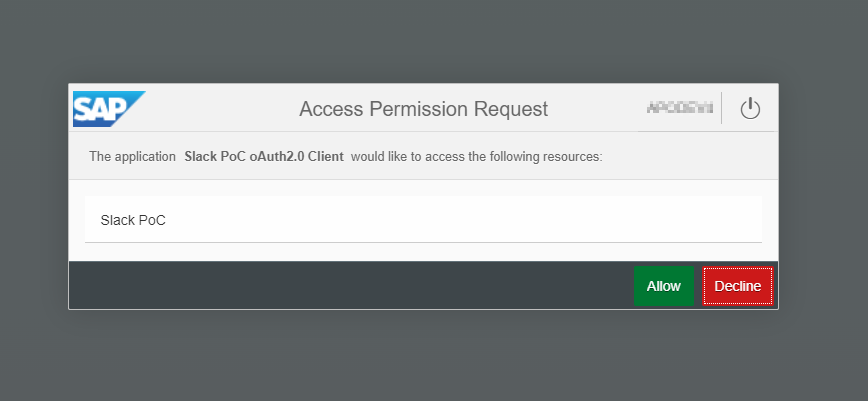
Optionally, the solution can be extended with an external Identity Provider (in our case, we chose MS Azure AD), which facilitates logging into the system using the SSO (Single Sign-On) mechanism:
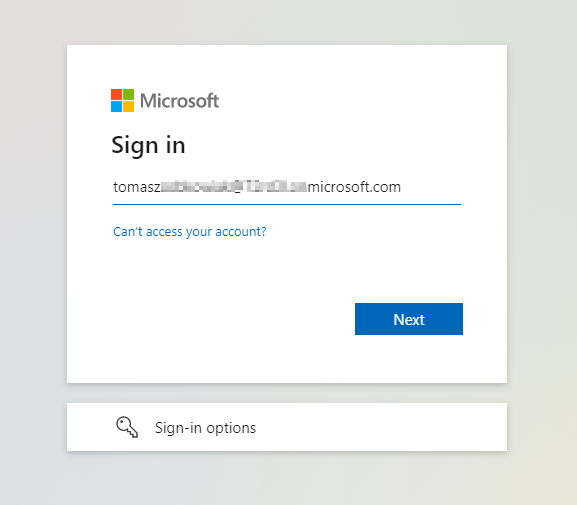
The integrator module can be located either on a small Linux server within the customer’s network or in the cloud using the capabilities offered by providers such as Amazon Web Services or Microsoft Azure. Once a secure connection is set up between the systems and selected processes are running in SAP, you can receive and send interactive messages via Slack. Each process has an individual application in Slack to logically separate the operations involved.
Perspectives for the service development
The next planned and already started phase of R&D work is creating an SAP <-> Microsoft Teams integrator. With the onset of the pandemic, many companies began to use this well-known tool for internal communication. The market situation has shown that interest in Teams has not waned over the years. We anticipate that the SAP <-> Microsoft Teams integrator will offer similar capabilities as the one described above.
Do you want to integrate your SAP system with a messaging app?
- On 03/06/2022


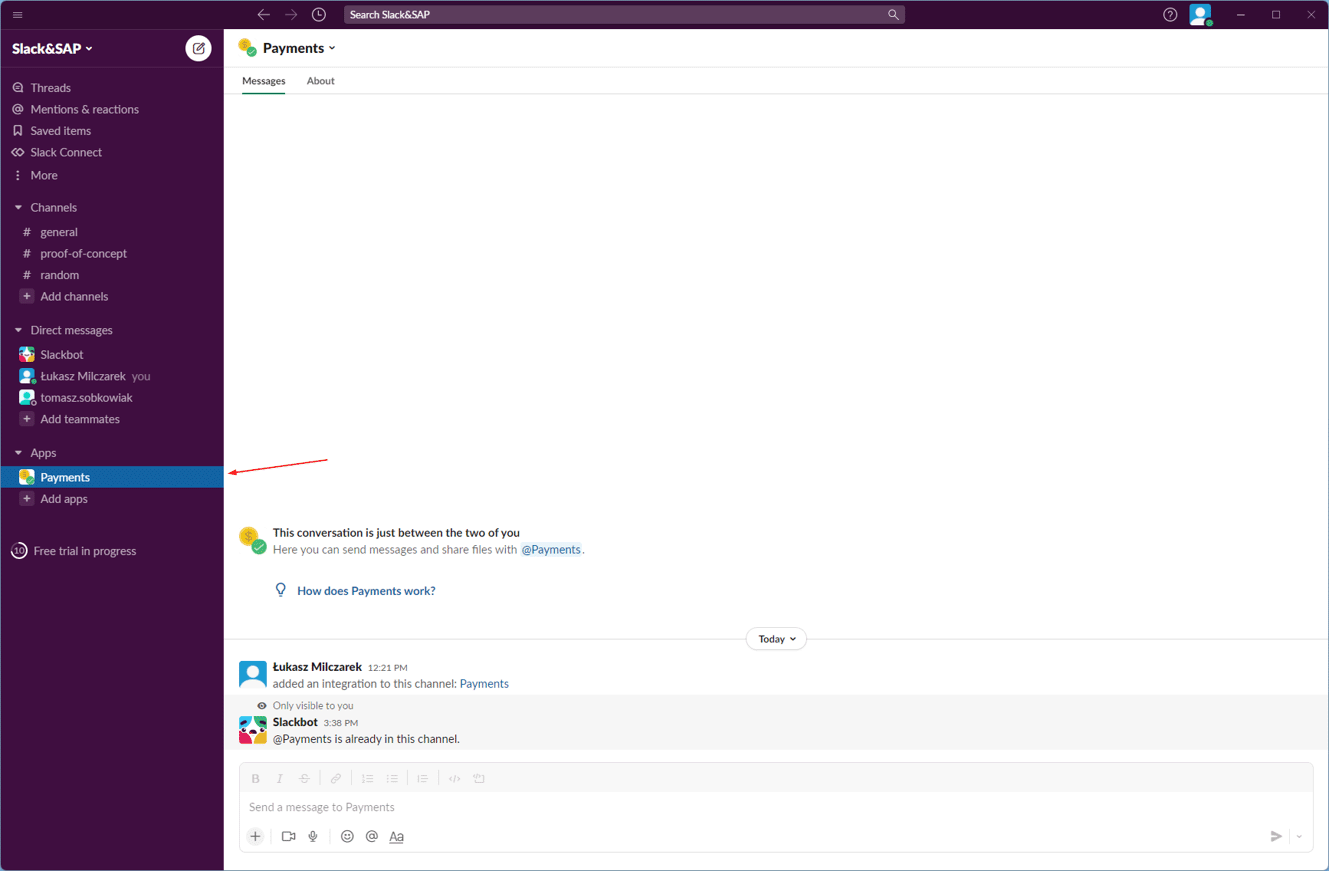

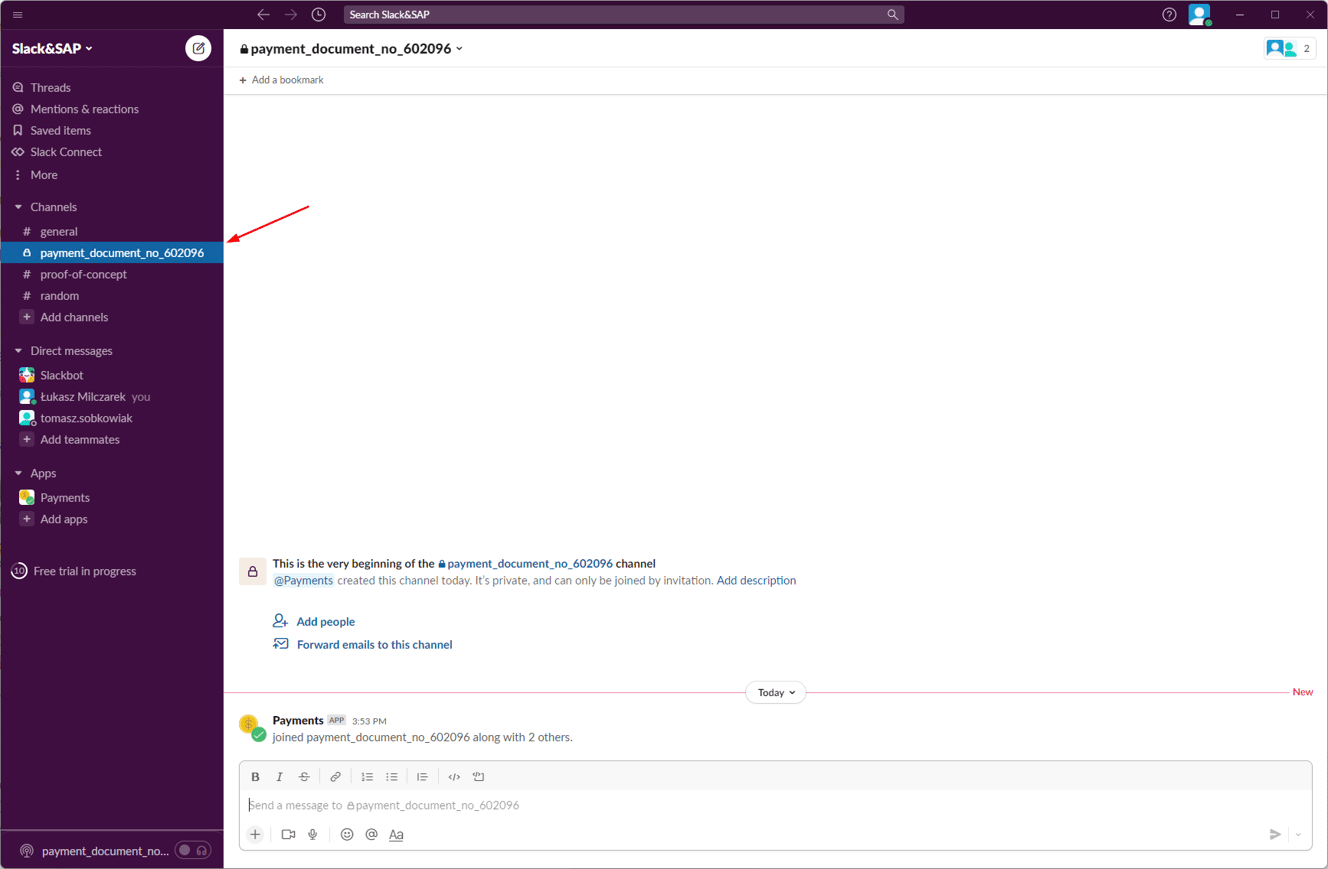


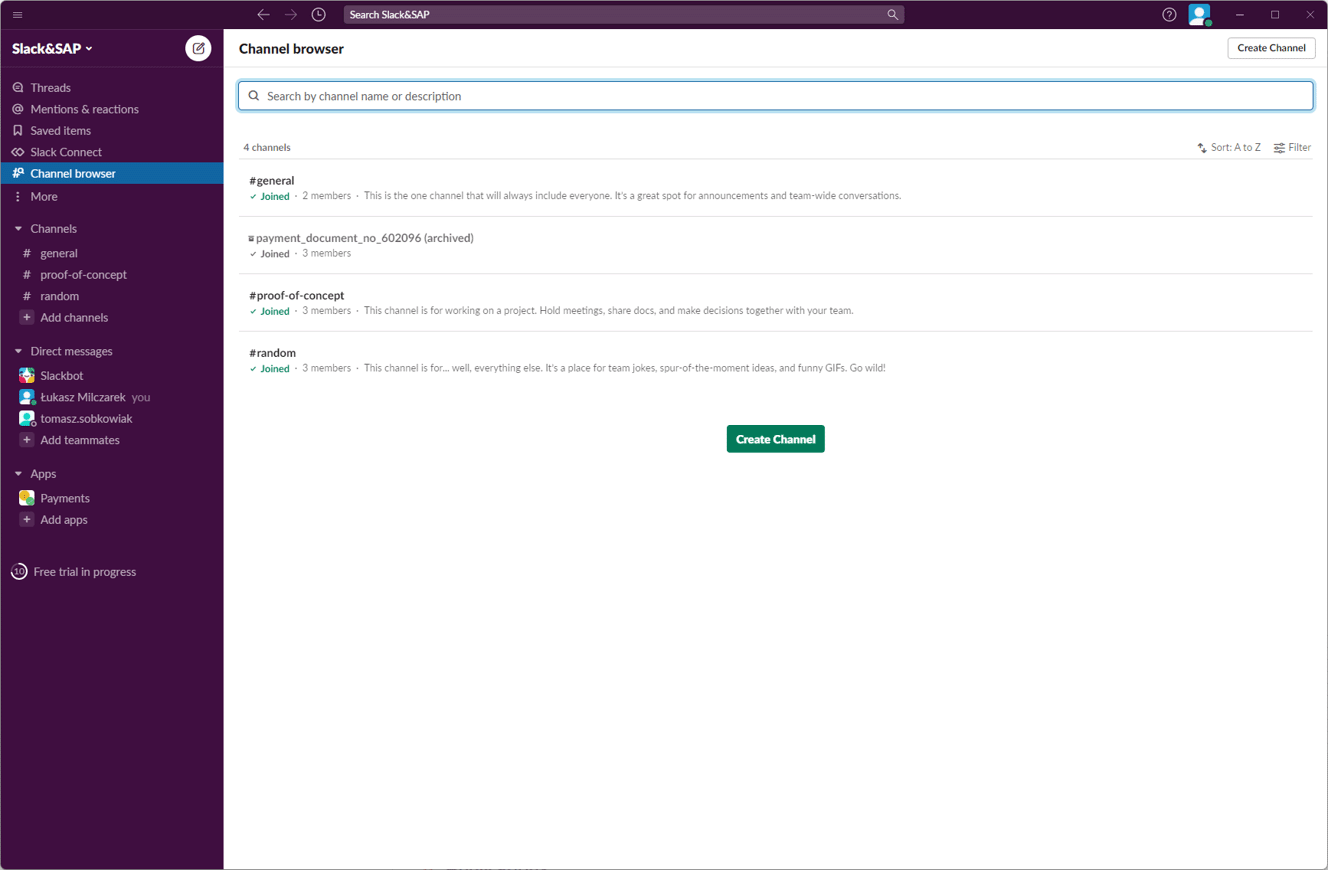





0 Comments